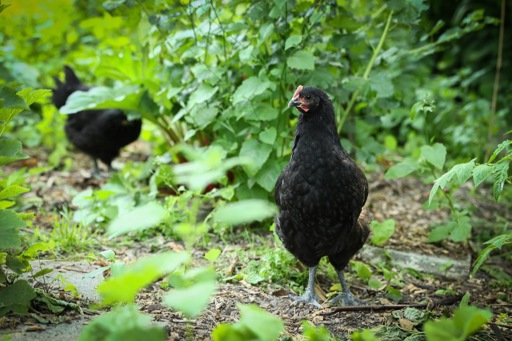Two harmful compounds, PFOS and PFOA, have been found in almost all samples taken from chicken runs and vegetable gardens, compost, eggs, house dust and serum, but not in water or in vegetables.
This is one of the results of a limited study of 19 people who do not live in known no-regret zones and are far from suspected PFAS-infested locations or hot spots, the Flemish Environment Department reports.
To gain more insight into how per- and polyfluoroalkyl compounds (PFAS) can enter the human body from the environment, PFAS were measured in humans and in multiple environmental compartments, such as soil, compost, eggs, water, home-grown vegetables and house dust.
The Environment Department stresses that this is a “first limited” study, with 19 participants who live outside current no-regret zones and far from PFAS-suspicious locations or hot spots, since the aim was to increase the exposure of the general Flemish population.
This limited research has allowed the development and testing of a measurement method and can be further applied in the next Flemish human biomonitoring campaign. It showed that PFOS and PFOA were found in almost all samples of soil (chicken coop and vegetable garden), compost, eggs, house dust and serum, but not in rain, ground or tap water, or vegetables.
The highest concentrations of PFTeA and PFDoA were observed in eggs. In addition to commercial food, a number of environmental compartments also contribute to human exposure. Statistical techniques indicate a possible contribution of house dust, eggs and soil to human exposure.
In house dust, higher levels are observed for some PFAS if certain building materials are present in the sampled areas. This concerns, among other things, windows made of plastic, occupied vaults, a wooden ceiling and a laminate floor.

